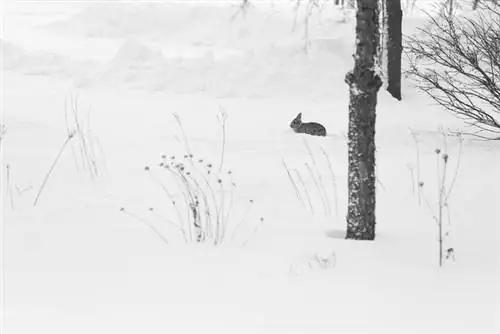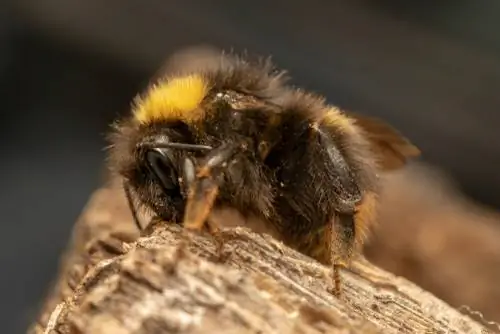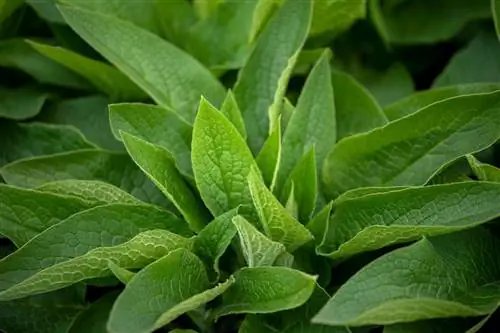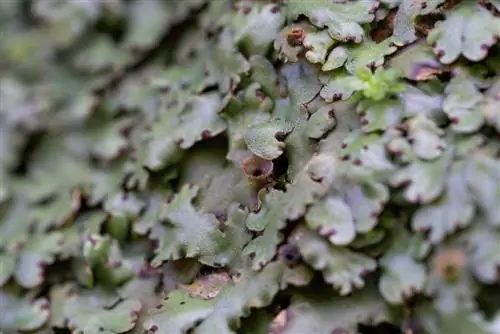- Author admin [email protected].
- Public 2023-12-16 16:46.
- Last modified 2025-01-23 11:20.
Price speedwell is a very diverse plant that is found in countless varieties worldwide. There are around 50 different species in our latitudes. Perennials are available for the garden that, depending on the variety, are completely hardy. However, there are also Veronica species that are not hardy and must be protected from frost.
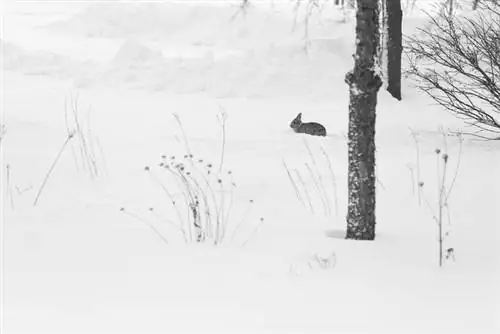
Native varieties are absolutely hardy
Native species of speedwell are either annual or perennial and can easily tolerate sub-zero temperatures. The spiked speedwell, which is often grown in the garden, is one of the native species that is hardy and can be grown in the garden without winter protection.
Annual species retire in autumn. They self-seed. The seeds germinate in spring and produce new plants.
Prepare speedwell for winter
In the fall you can cut back native speedwell perennials completely. If you want, you can add a layer of mulch, but it's not really necessary.
Protect non-hardy varieties from frost
If you grow speedwell varieties that are not native to our latitudes, you must assume that they are not winter hardy.
It is better to plant such varieties straight away in containers or pots so that you can overwinter them in a frost-free place.
If the plants are in a very protected location where it doesn't get too cold even in winter, protect the speedwell from frost with a blanket of mulch. Additionally cover the plants with pine branches. Fir branches have the advantage that they only shed their needles in spring and the speedwell slowly gets used to more light again.
Winter protection for speedwell in a pot or bucket
If you grow speedwell in a pot or bucket on the terrace or balcony, you should also protect the hardy variety from frost. The soil freezes too quickly in the planter.
Place the containers on an insulating surface and move them to a protected location. You should also cover sensitive varieties with foil.
Make sure that the speedwell is not too wet in winter.
Tip
Shrub veronica, also called Hebe, is often offered as being absolutely hardy. You shouldn't rely on that. Most of these varieties from New Zealand can withstand frost of up to minus five degrees, and only for a few days.

